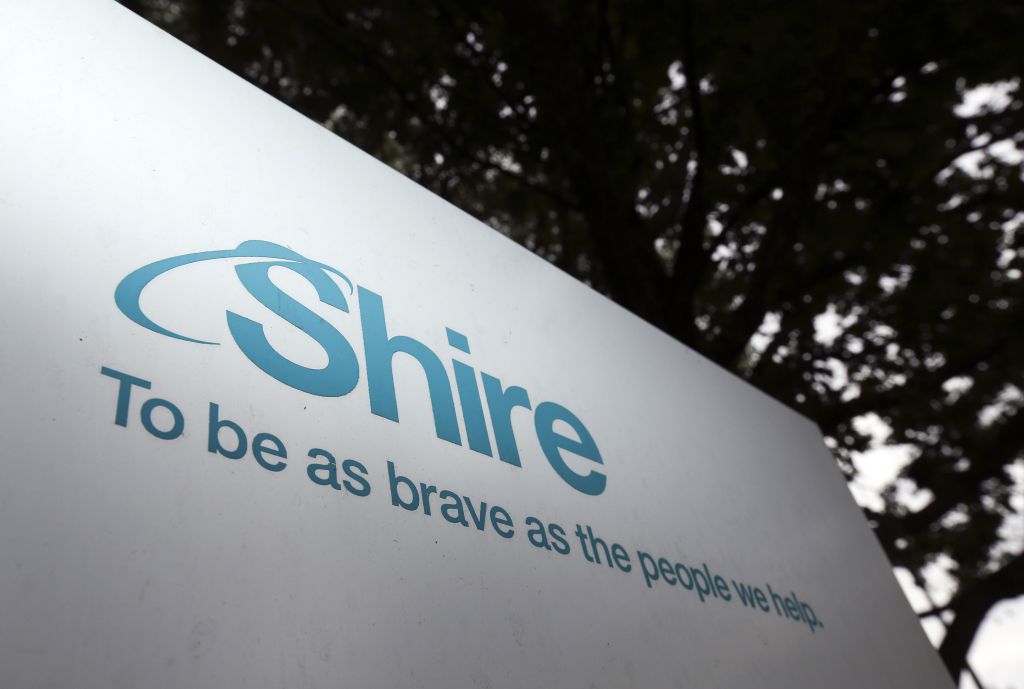
Hemophilia, a genetic blood disease where patients lack a blood-clotting protein, is a $7 billion annual market. Half of that market belongs to Shire PLC (NASDAQ:SHPG), which last quarter sold $978M (page 47) worth of hemophilia drugs. The hemophilia sector accounts for about 14% of Shire’s total sales, and is its second most valuable market behind Vyvanse for attention deficit hyperactivity disorder (ADHD).
Shire acquired its hemophilia franchise from Baxalta, which it bought for $32 billion back in June, which itself split from Baxter International Inc (NYSE:BAX) in mid 2015. Along with Shire’s acquisition of Baxalta came partnerships already inked from back even before Baxalta was spun off from Baxter. One of those partnerships focuses on the hemophilia market, which accounted for half of Baxalta’s top line before it was acquired by Shire.
Enter Xenetic
Xenetic Biosciences Inc. (NASDAQ:XBIO) is a biotech company just recently uplisted to Nasdaq, and has gone relatively unnoticed despite its partnership with a $50 billion pharmaceutical company centered on its second biggest market. That may be about to change with imminent top line data about to be announced this month from a Phase 1/2a trial of SHP 656 (formerly BAX 656), a longer-lasting hemophilia A drug designed to be shielded from the immune system. SHP 656 is owned by Xenetic and licensed to Shire, which is paying all the costs of the trial and its further development.
Xenetic’s name isn’t even attached to the trial record, or any other record on clinicaltrials.gov for that matter, but that doesn’t change the fact that Xenetic is entitled to up to $100M in cash milestones plus sales royalties, without any out of pocket expenses for development of the product. Xenetic’s behind-the-scenes positioning for what may end up being a multibillion drug may be partly why the company is relatively unknown.
Development of SHP 656 will be especially important for Shire as its second biggest product given the upcoming spinoff of the Biogen Inc (NASDAQ:BIIB) hemophilia product line into new company Bioverativ early next year. One of the reasons Biogen is spinning off Bioverativ is that it has limited experience with the hemophilia market, having acquired its hemophilia product line from Syntonix a decade ago, and wants to concentrate its resources elsewhere.
At a time when the hemophilia market is in such major flux, this could be the opportunity for Shire to cement its position as market leader over competitors, and it can do that with a superior, longer-acting hemophilia product.
How it Works
SHP 656 takes the factor VIII hemophilia A treatment and combines it with polysialic acid (PSA) to shield it from the immune system. Since factor VIII is a protein, once administered it is ordinarily quickly broken down by the immune system. PSA is a nontoxic naturally-occurring molecule in the human body that is actually used in some cases by pathogens to mask themselves from the immune system. PSA does this by covering up the ends of the antigens that immune components lock on to for attack. Conjugating PSA with factor VIII effectively covers up the antigens of that clotting factor and enables it to circulate longer for a longer-acting therapeutic drug.
A successful trial would lead to a milestone payment from Shire to Xenetic and will bring Shire a step closer to securing its place as the market leader in hemophilia.
Issues with Roche’s Emicizumab
Concerning safety results recently published by Roche Holdings Ltd. (ADR) (OTCMKTS:RHHBY), Shire’s main competitor in the long-acting hemophilia drug space, has also increased the importance of the Xenetic partnership for Shire. Back in early November, Roche reported blood clots in 4 of about 120 patients. The drug, a monocloncal antibody called emicizumab, is also intended for once a week dosing. The issues as of now have not been serious enough to stop the trial and there has been no word from the FDA about doing so, but extra safety monitoring procedures have now been put in place for the remainder of trial.
While there is always the possibility that Shire reverts the rights to SHP 656 back to Xenetic, that probably won’t happen here, especially if the results about to be announced are positive. Besides the obvious interest Shire has in the successful development of this drug, there is also the fact that Shire, through its acquisition of Baxalta, is one of Xenetic’s largest shareholders, along with Opko Health, Inc. (NASDAQ:OPK), Dr. Phillip Frost’s company, which is more interested in Xenetic’s oncology candidates.
Altogether, Xenetic has 7 Phase II trials ongoing, five with partners and two independent, along with 5 Phase I trials also ongoing. Until November it was an OTC stock with few investors outside of its institutional partners like Opko and Shire. Now uplisted to Nasdaq, the upcoming data readout, arguably more important for Shire than for Xenetic, could attract some attention to this as-of-now thinly-traded company. While the exact numbers aren’t public regarding its deal with Shire, even a small 5% sales royalty could translate to $50 to $100 million a year in passive income for what is now only a $30 million company.




